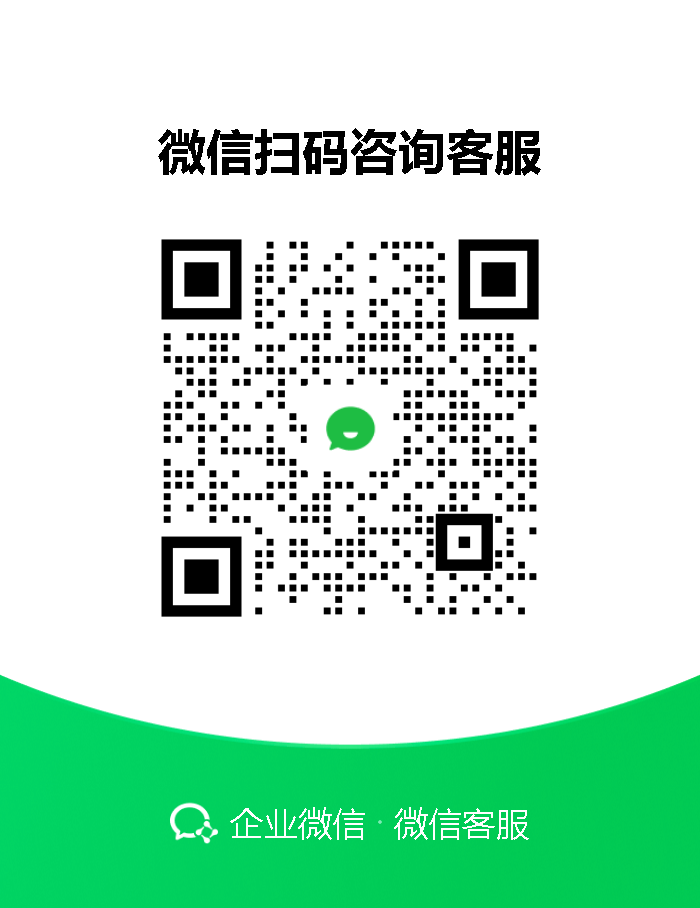This part of ISO/IEC 7811 is one of a series of standards describing the characteristics for identification cards as defined in the definitions clause and the use of such cards for international interchange.
This part of ISO/IEC 7811 specifies requirements for a low coercivity magnetic stripe (including any protective overlay) on an identification card, the encoding technique and coded character sets. It takes into consideration both human and machine aspects and states minimum requirements.
Coercivity influences many of the quantities specified in this part of ISO/IEC 7811 but is not itself specified. Exposure of the card to a magnetic field is likely to destroy the recorded data.
It is the purpose of this series of standards to provide criteria to which cards shall perform. No consideration is given within these standards to the amount of use, if any, experienced by the card prior to test. Failure to conform to specified criteria should be negotiated between the involved parties.
ISO/IEC 10373-2 specifies the test procedures used to check cards against the parameters specified in this part of ISO/IEC 7811.
Specifies eight entity authentication mechanisms based on manual data transfer between authenticating devices. Four of these mechanisms are improved versions of mechanisms specified in ISO/IEC 9798-6:2005 since they use less user input and achieve more security. Such mechanisms can be appropriate in a variety of circumstances where there is no need for an existing public key infrastructure, shared secret keys or passwords. One such application occurs in personal networks, where the owner of two personal devices capable of wireless communications wishes them to perform an entity authentication procedure as part of the process of preparing them for use in the network. These mechanisms can also be used to support key management functions.
The original Fibre Channel Avionics Environment (FC-AE) technical report, INCITS TR-31-2002, is a set of protocols and profiles that specify Fibre Channel options for devices that could be used in commercial and military aerospace applications. The FC-AE-2 working group determined that it was best to allow protocols and profiles defined in FC-AE to be updated independently. The Fibre Channel Anonymous Subscriber Messaging (FC-AE-ASM) technical report, INCITS TR-41-2006, was the first update to FC-AE-ASM since FC-AE was released. This technical report is an update to INCITS TR-41-2006. This technical report is recommended for new designs but does not obsolete 4.1 of INCITS TR-31-2002 or INCITS TR-41-2006.
This standard provides all parties involved in Electronic Benefits Transfer (EBT) processing for the Supplemental Nutrition Assistance Program (SNAP) and Cash benefit programs with technical specifications for exchanging financial transaction messages between an Acquirer and an EBT card issuer processor. It specifies message structure, format and content, data elements and values for data elements used in the SNAP and Cash benefit programs. Cash benefits provided on pre-paid cards or on co-branded cards are outside the scope of this standard. The method by which settlement takes place is also not within the scope of this standard. Data representation used in individual systems is subject to the commercial relationships between the parties contracting to each system. The message formats specified in this standard are designed to ensure that compatibility between systems conforming to this standard is always feasible. This standard shall only be used with EBT transactions that comply with the Quest?Operating Rules, dated December 2014, Version 2.2 including any subsequent updates to said rules or similar rules that are approved by FNS and compliant with FNS policy.
This standard provides the following specifications for adding machine paper rolls: terminology; roll widths; roll length; paper substance and quality, thickness, finish, color, brightness, opacity, tearing and bursting strength; diameter of rolls; winding and cutting, core materials; diameter of core and spindle hole; roll end sealing; and quantity packaging and cartoning.
This API provides interfaces to discover and manage iSCSI resources on a system. The intended audience is vendors that deliver drivers that provide these resources to a system.
The SCSI family of standards provides for many different transport protocols that define the rules for exchanging information between different SCSI devices. This standard defines the rules for exchanging information between SCSI devices using RDMA (Remote Direct Memory Access). Other SCSI transport protocol standards define the rules for exchanging information between SCSI devices using other interconnects.
This part of ISO/IEC 10026 specifies requirements specific to OSI TP that should be contained in an application context definition, in addition to the general requirements for an application context definition.
This International Standard specifies the characteristics of 300 mm optical disk cartridges (ODC) of the WORM type providing for embossed information and for data to be written once and read multiple times. Together with the standard for Volume and File Structure, this International Standard provides for full data interchange between data processing systems. Interchange involves the ability to write and read data without introducing any error.
Provides efficient peer-to-peer operation of input/output devices (disks, tapes, printers, etc.) by an operating system. This International Standard defines the SCSI commands and model for independent medium changer devices and attached medium changer functions integrated into other SCSI devices. This includes the commands and external behavioural characteristics of a device server, and the behaviour of the attached medium changer commands (SMC).
 17704692435
17704692435






 电子版:798元
/ 折扣价:
679 元
电子版:798元
/ 折扣价:
679 元
 对不起,暂未有相关搜索结果!
对不起,暂未有相关搜索结果!















